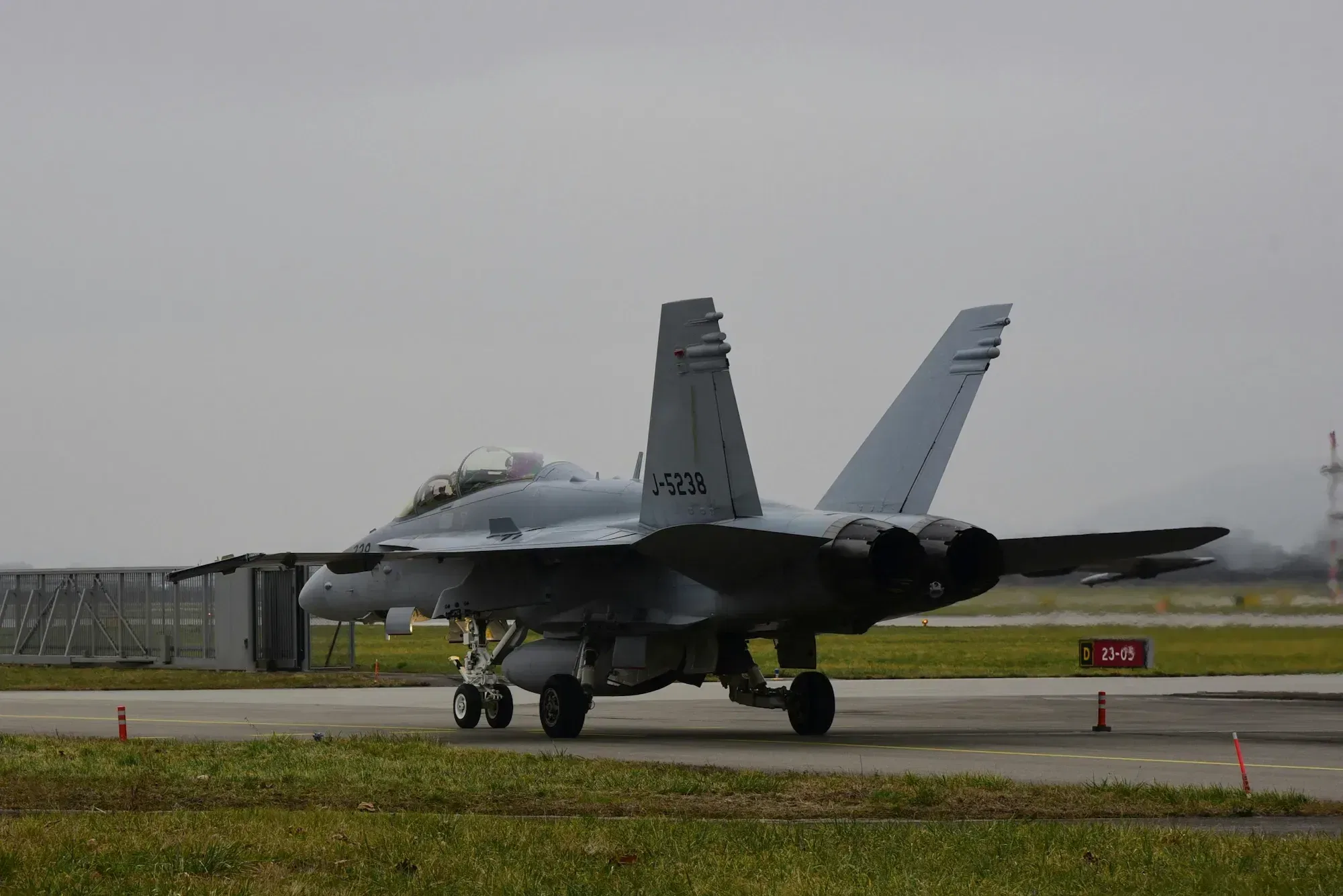
The Science of Wing Design and Lift: Understanding Aerodynamics and Flight Principles
Introduction
Wing design is a critical aspect of aerodynamics, influencing how an aircraft generates lift and remains airborne. Whether in birds, aircraft, or drones, the shape, size, and configuration of wings play a vital role in determining their efficiency and performance. This article explores the principles of lift force, how different wing designs impact flight, and key aerodynamic factors engineers consider when designing wings.
Bernoulli's Principle
When a fluid moves through a narrower section of a passage, its speed increases to maintain a consistent flow rate. This follows the principle of continuity, which ensures that the same volume of fluid passes through the reduced cross-sectional area in the same time frame. Essentially, the fluid must accelerate to accommodate the restricted space.
A simple example of this effect can be observed with a garden hose. When the hose opening is partially obstructed by a thumb, the water exits at a higher velocity. This occurs because the reduced opening forces the water to accelerate to maintain its flow rate.

Bernoulli's principle establishes the inverse relationship between fluid velocity and pressure. It states that when a fluid’s speed increases, its pressure decreases, and vice versa. This fundamental principle is crucial in aerodynamics and plays a significant role in how wings generate lift.
This principle can also be easily demonstrated using two balloons suspended with a small gap between them. If you blow air through the gap, the balloons will move closer together. This happens because the air passing between them is moving faster, causing a reduction in pressure. The higher pressure on the outer sides of the balloons pushes them toward the lower-pressure region in the middle, illustrating Bernoulli’s principle in action.



Understanding Lift Force
Lift is the force that allows an aircraft to counteract gravity and ascend into the sky. It is generated by the movement of air over the wing surface, creating a pressure difference. According to Bernoulli’s Principle described above, the faster air moves over the curved upper surface of the wing, the lower the pressure compared to the slower-moving air beneath the wing. This pressure difference results in an upward force known as lift.
The lift force can be described mathematically using the Lift Equation:
Key Factors Affecting Wing Lift
Several factors influence how effectively a wing generates lift:
- Airflow Velocity: The speed of the air moving over the wing is crucial for lift generation. Faster airflow increases lift, as described by Bernoulli’s Principle.
- Airfoil Shape: The cross-sectional shape of a wing, or airfoil, determines how air flows around it. Common airfoil shapes include symmetric, cambered, and flat-bottomed designs, each affecting lift characteristics differently.
- Angle of Attack (AoA): The angle between the wing’s chord line and the oncoming airflow. Increasing AoA generally increases lift, but beyond a critical angle, it can cause stall, leading to a loss of lift.
- Wing Aspect Ratio: Defined as the ratio of wingspan to chord length, a higher aspect ratio (longer, narrower wings) reduces drag and improves lift efficiency, ideal for gliders and high-altitude aircraft.
- Wing Surface Area: Larger wings generate more lift due to increased air interaction, making them essential for heavy-lifting aircraft like cargo planes.
- Air Density and Speed: Higher air density and velocity increase lift, which is why aircraft struggle to generate lift at high altitudes with thin air.
Lift Coefficient (CL)
The Lift Coefficient (CL) is primarily influenced by the shape of the wing airfoil and the Angle of Attack (AoA). A higher AoA generally increases lift, but beyond a certain limit, it can lead to stall, causing a sudden loss of lift. The aerodynamic properties of a wing can be adjusted dynamically in modern aircraft to optimize lift under different flight conditions.
In contemporary aviation, wing shape and configuration are not fixed; they can be modified based on flight requirements. For instance, flaps, which are hinged surfaces attached to the trailing edge of the wings, can be extended or retracted. When deployed, flaps increase the wing's surface area and effectively change the AoA, allowing the aircraft to generate more lift at lower speeds, which is especially crucial during takeoff and landing.
Beyond flaps, leading-edge slats are another critical aerodynamic feature that helps regulate lift. These slats, positioned at the front edge of the wing, create additional airflow control, preventing early flow separation and enhancing lift at high angles of attack. In fighter jets and advanced military aircraft, wing geometry adjustments can be even more sophisticated, with variable-sweep wings and other adaptive control surfaces that enable optimal performance in various speed ranges and manoeuvring conditions.

Extended wing slats

Wing flaps extended prior to landing
How Kites Fly: Does Bernoulli’s Principle Apply to Kites?
Kites, much like airplanes, rely on the forces of lift, drag, thrust, and gravity to achieve and maintain flight. However, unlike airplanes that generate thrust using engines, kites depend on wind force and the tension in the flying line to stay aloft. The way a kite flies is governed by fundamental principles of aerodynamics, including Newton’s Laws of Motion and, to some extent, Bernoulli’s Principle.
While some aspects of Bernoulli’s Principle contribute to kite flight, the primary mechanism by which kites generate lift is Newton’s Third Law of Motion. When wind encounters the kite’s angled surface, it is deflected downward, and in response, an equal and opposite force pushes the kite upward. This reaction force is what primarily enables kites to stay in the air.
For kites with curved or cambered surfaces, Bernoulli’s Principle may play a role in further enhancing lift, as the airflow over the curved surface can create regions of lower pressure. However, in most cases, it is the angle at which the kite is held against the wind (angle of attack) and the deflection of air that primarily govern its ability to fly.
Adjusting Kite Performance
- Angle of Attack (AoA): Adjusting the AoA changes how much lift the kite generates. Too steep an angle may cause excessive drag, while too shallow an angle may not produce enough lift.
- Bridle Line Tension: The bridle of the kite helps control its orientation to the wind, affecting its stability and ability to generate lift.
- Tail and Drag Control: Adding a tail to the kite helps balance its flight by reducing excessive side-to-side movement.

What about Symmetrical wing airfoils?
Symmetrical wing airfoils, unlike cambered airfoils, have identical upper and lower surfaces, meaning that when flown at zero angle of attack (AoA), they do not inherently create a pressure difference to generate lift. However, they can still generate lift under the following conditions:
1. Angle of Attack (AoA)
- Lift is generated when the symmetrical airfoil is tilted at a positive angle of attack relative to the oncoming airflow.
- This redirection of airflow forces the air to move faster over the top surface and slower underneath, creating a pressure difference according to Bernoulli’s Principle and Newton’s Third Law (action-reaction).
- The airfoil deflects airflow downward, and in reaction, an upward force (lift) is produced.
2. Newton’s Third Law and Flow Deflection
- As the wing moves through the air, it deflects air downward.
- The reaction force from the deflected air produces an upward force (lift).
- This principle is crucial in aerobatic aircraft, where symmetrical airfoils allow equal lift generation whether the aircraft is upright or inverted.
3. Leading-Edge Stagnation and Pressure Distribution
- When the angle of attack increases, air stagnation shifts below the leading edge, increasing pressure on the bottom surface.
- The upper surface experiences lower pressure due to accelerated airflow, generating lift.
4. Application in Aerobatic and High-Speed Aircraft
- Symmetrical airfoils are commonly used in fighter jets, aerobatic planes, and some helicopters where pilots require equal control in both upright and inverted flight.
- Unlike cambered airfoils, symmetrical ones provide better manoeuvrability and minimal pitching moments.

Conclusion
The design of a wing significantly affects how efficiently an aircraft generates lift and performs in different flight conditions. The airfoil shape is a fundamental factor in determining lift and drag characteristics, impacting stability and efficiency. Additionally, calculating takeoff speed from the lift equation ensures that weight is the primary factor determining when an airplane can lift off. The necessary acceleration and runway length can then be derived using Newton’s Second Law of motion. Taking drag into account provides a more realistic assessment of takeoff performance. By understanding the science behind wing aerodynamics, engineers and hobbyists can optimize aircraft for efficient and stable flight.





